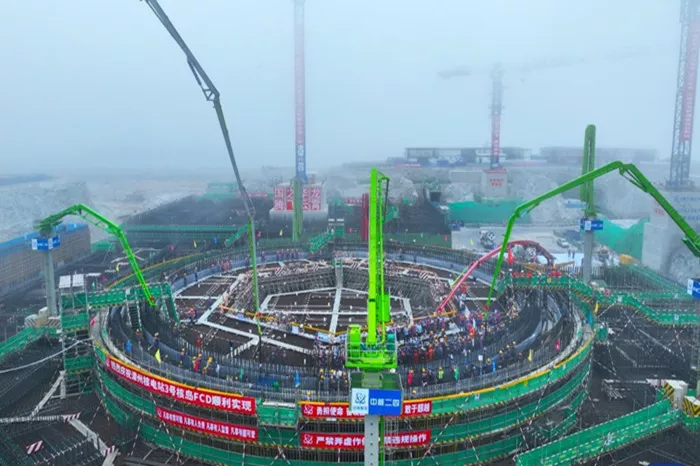The first unit of the Zhangzhou Nuclear Power Plant in China officially began commercial operation on January 1, following the successful completion of a 168-hour full power demonstration run. This milestone marks a significant advancement in the deployment of the Hualong One, a domestically developed third-generation nuclear reactor, as China works to enhance its energy mix and achieve its dual carbon targets.
The Zhangzhou project, the largest Hualong One nuclear power base in the world, is designed to house six nuclear units, each with a capacity of six million kilowatts. Together, these units are expected to reduce carbon dioxide emissions by 8.16 million tonnes annually. This reduction is equivalent to the environmental impact of planting over 70 million trees each year.
With the first unit now in operation, China moves closer to its goal of boosting the share of clean energy in its energy mix, while continuing to drive forward its efforts to meet both its carbon peak and carbon neutrality targets.

